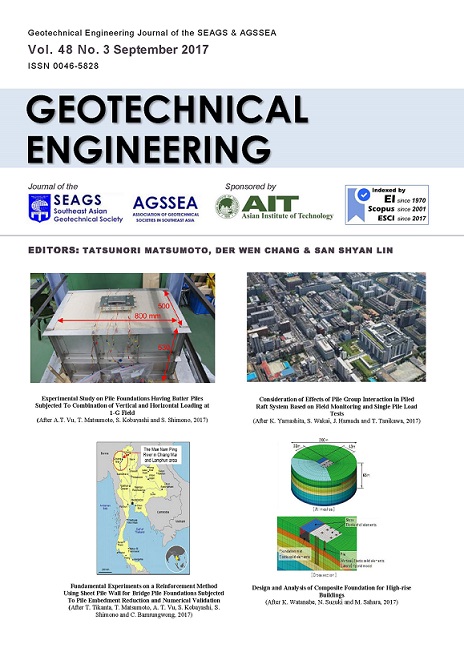Microzonation of Liquefaction Hazard using Liquefaction Index in Babol City
Main Article Content
Abstract
One of the devastating effects of the earthquake is on liquefaction phenomenon site, which is one of the most important and most complex topics in seismic geotechnical engineering. Liquefaction is a phenomenon that occurs in loose, saturated sediments without stickiness in undrained conditions under the influence of waves caused by earthquakes or heavy static load. In order to cope with devastating effects of this phenomenon, it is essential to identify areas prone to liquefaction. This identification can be conducted as microzoning, in which risk capacity is determined in different areas. Thus, in this paper, the zoning map of Babol liquefaction risk will be provided. In this regard, a study was conducted on the soils in Babol and after examining different areas of the city, laboratory results and field studies of more than 50 boreholes in different areas with a depth of 20 m were analyzed for finding liquefaction and non-liquefaction segments. In this study, different approaches were used including Seed, Iwasaki, Haeri and Yasrebi, Chin & Zhang and Sewmez & Gocojlou procedures and finally, a computer program was written for examining and providing microzoning map of Babol liquefaction risk.
Article Details

This work is licensed under a Creative Commons Attribution-NonCommercial-NoDerivatives 4.0 International License.
Copyright © 2019 Association of Geotechnical Societies in Southeast Asia (AGSSEA) - Southeast Asian Geotechnical Society (SEAGS).


